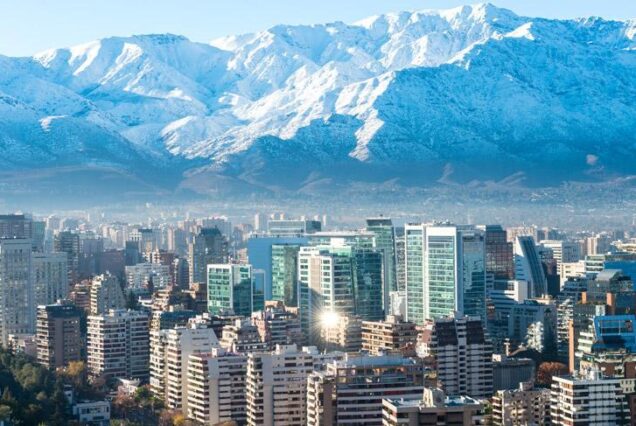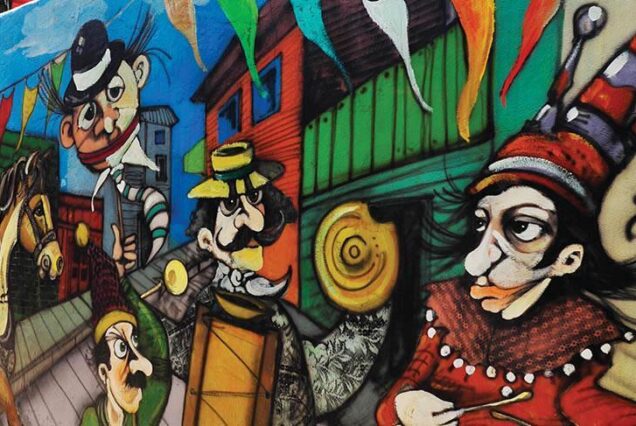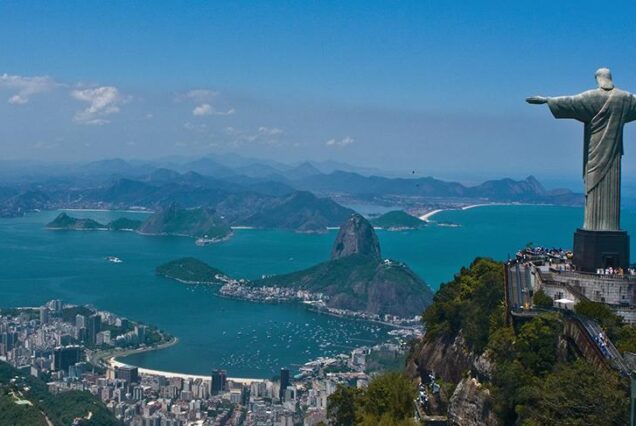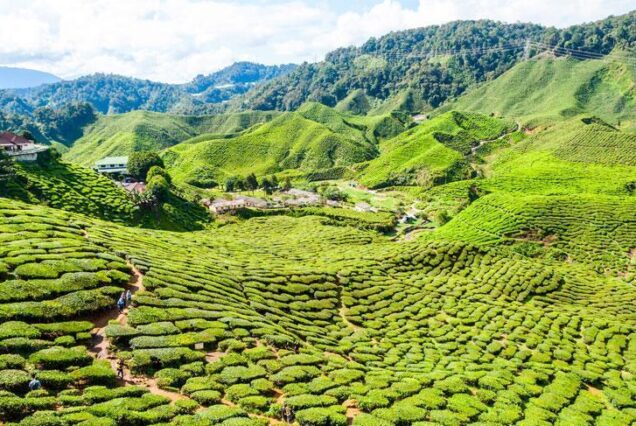This website uses cookies so that we can provide you with the best user experience possible. Cookie information is stored in your browser and performs functions such as recognising you when you return to our website and helping our team to understand which sections of the website you find most interesting and useful.
Sri Lanka Travel Advice
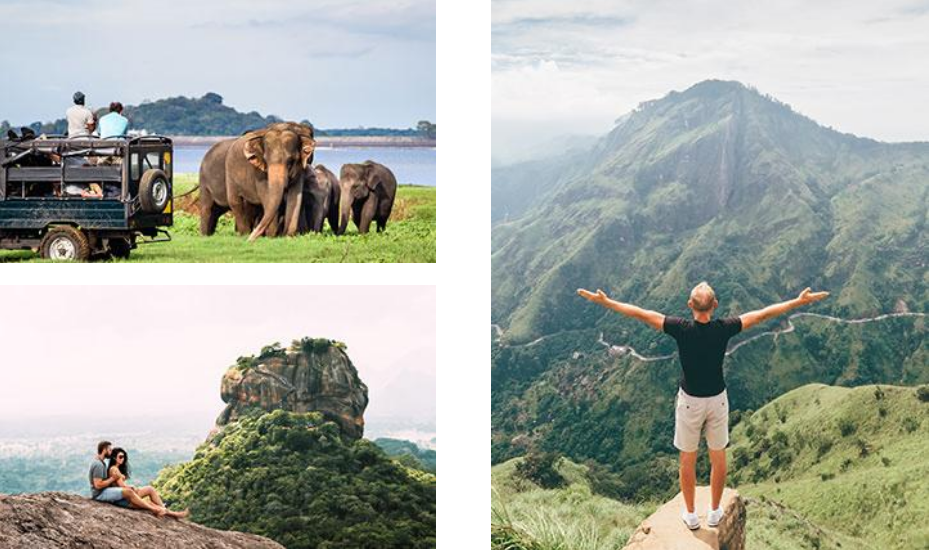
Getting to Sri Lanka
Main airport for Sri Lanka
Bandaranaike International Airport (also known as Katunayake Airport and Colombo International Airport) is located 33km north of Colombo, 6km from Negombo. IATA airport code: CMB.
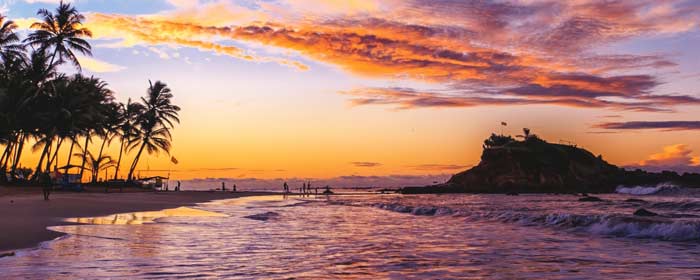
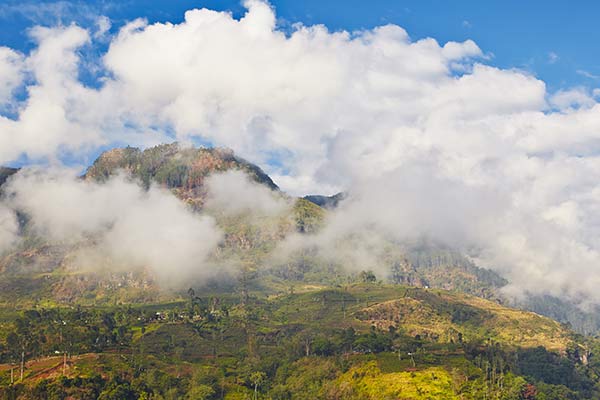
Geography and landscape of Sri Lanka
The island nation of Sri Lanka is quite compact, roughly half the size of England. Most of the country is flat lowlands, except for the central-southern region which is mountainous with several peaks reaching over 2,000m high. Sri Lanka boasts many rivers, the longest being the Mahaweli Ganga at 335kms, and many waterfalls, with the tallest an impressive 263m high. Along its coast, Sri Lanka has a number of picturesque white sand beaches and more than 100 islands dotted off the coast.
Culture, Religion and Etiquette
Sri Lanka is a fascinating mix of European and South Asian cultures, a multicultural and multireligious island nation. Around 74% of Sri Lankans are Sinhalese, 12.6% Lankan Tamils and 5.5% Indian Tamils. Of the remainder, most are Moors who are descended from Arab settlers. Owing to its colonial history, it also has a smattering of Dutch, and Portuguese as well as Malaysian and Chinese. The aboriginal population are called Veddah and there are very few left.
Theravada Buddhism is the main religion and has been present on the island for over 2,000 years. Alongside Buddhism, other key religions include Hinduism, Islam and Christianity.
Eating is done with the right hand. You should also use your right hand to shake hands and to pass things to others as the left hand is reserved for cleaning oneself.
If visiting temples it is important for both men and women to adopt a modest style of dress, covering shoulders and legs to at least the knee. Footwear and headwear should be removed before entering a temple. Tourists have been refused entry to Sri Lanka or faced deportation for having visible tattoos of Buddha.
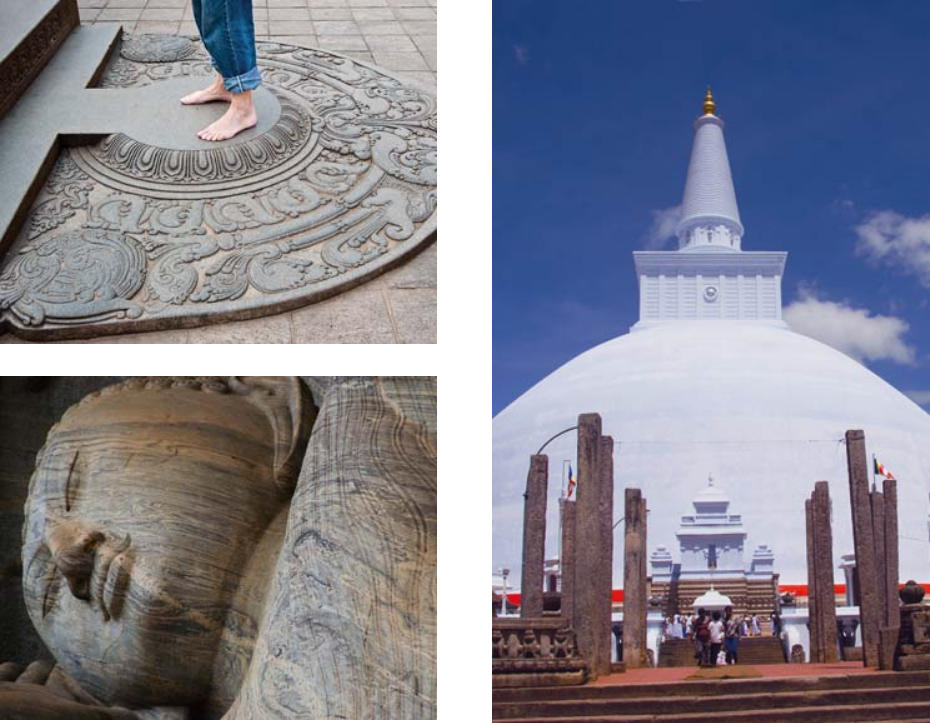
Photography
Sri Lanka is extremely photogenic and eminently instagrammable. What’s more, Sri Lankans are generally very friendly and generous about being photographed. (You might even like to share a copy, or write a quick note with details where someone can find their portrait on social media).
Permits are required before taking photos at historic monuments such as Anuradhapura, Polonnaruwa and Sigiriya, among others – these can be purchased on arrival, or in advance from:
Central Cultural Fund,
212/1, Bauddhaloka Mawatha,
Colombo 07
Tel: +94-11 2587912 /2500733 /2581944
[email protected]
Restrictions apply at certain religious sites. Posing next to a religious statue in a temple is forbidden, especially if you have your back to the statue, and flash photography can damage murals.
Languages spoken
The most widely spoken language in Sri Lanka is Sinhala, although officially the country has two national languages – Sinhala and Tamil. English is also widespread with most in the tourism and hospitality industry speaking English.
Capital city
Colombo is the executive, judicial and commercial capital, and largest city of Sri Lanka. Sri Jayawardenepura Kotte (or Kotte), a suburb of Colombo, is the legislative capital.
Money
The currency in Sri Lanka is the rupee (symbol: Rs, code LKR). The rupee is divided into 100 cents. Notes come in 10, 20, 50, 100, 200, 500, 1000 and 2000 denominations and coins in 1, 2, 5 and 10 denominations.
It’s advisable to carry cash with you in Sri Lanka, at least for emergencies should there be any problems with your card. Get some notes in small denominations when you change money to help when paying for taxis, entrance fees, snacks and temple donations. Traveller’s cheques aren’t accepted in Sri Lanka.
Many countries have strict rules on the age and quality of foreign cash. We therefore recommend if you can buy them locally, you bring only new, unmarked and undamaged bank notes. This includes your Local Payment on tours where required.
Credit Cards
Most hotels, restaurants and shopping centres accept credit cards. Some may try to add a surcharge, which is illegal.
ATMs and Banking
ATMs are widely available in major towns and cities across Sri Lanka, less so in the countryside, and most (though not all) should accept international debit and credit cards such as Visa or Mastercard. For security, only use ATM machines that are attached to banks or major hotels.
Banks are usually open from 9am to 1pm Monday to Friday. Some city banks close at 3pm, while some are open on Saturday mornings.
Visas
A Tourist Visit Visa is required for all foreign nationals entering Sri Lanka, including citizens of the UK, US, Canada and New Zealand.
All visitors must apply for an Electronic Travel Authorisation (ETA) for entry into Sri Lanka and is limited to 30 days from arrival. You must have a passport valid for not less than 6 months from the date of arrival, a confirmed return ticket and proof of sufficient funds to meet expenses during your stay. Apply online at eta.gov.uk.
Vaccinations and travel health
Travel health advice may vary slightly according to your country of origin. In the UK, travellers are recommended to stay up-to-date with routine vaccinations (including but not limited to) MMR (measles-mumps-rubella), and diphtheria-tetanus-polio vaccine.
Most travellers are recommended to have tetanus, typhoid and hepatitis A vaccinations for visits to Sri Lanka. Some travellers may be recommended to have vaccinations for hepatitis B, Japanese Encephalitis, rabies, and tuberculosis. You may need proof of having had a yellow fever vaccine if you’re arriving from or have recently travelled to a country with a risk of yellow fever.
Take precautions to avoid mosquito bites throughout the day, from dawn to dusk, as there are some mosquito-borne diseases such as dengue present in Sri Lanka which cannot be prevented by vaccines.
We recommend that you speak to your GP or local travel health expert for country specific, professional medical advice, ideally 4 to 6 weeks before you travel. See the CDC’s travel advice or Public Health England’s travel advice for further information.
Is it safe to drink tap water in Sri Lanka?
Unfortunately it’s not safe for visitors to drink the tap water in Sri Lanka due to the risk of illness from water borne diseases, bugs and parasites. Boiling and filtering is sometimes not thorough enough at hotels, so it’s best to avoid an offer of a top up.
It’s safest to buy bottled water that is sealed and SLS certified. Disinfected water, ice made with bottled or disinfected water, coconut water if opened in front of you, bottled fizzy drinks, hot coffee or tea, and pasturised milk should be fine. Remember to use bottled water to brush your teeth too.
Stay clear of tap or well water and ice made of tap or well water, any drink made or diluted by tap water, or unpasturised milk.
Food in Sri Lanka
Sri Lanka has many influences in its food from a history of colonial occupation and its proximity to India. Rice is the most important ingredient and coconut milk also features prominently. The staple diet in Sri Lanka is rice and curry, with a large mound of rice making the centrepoint of the meal and a number of curries served alongside.
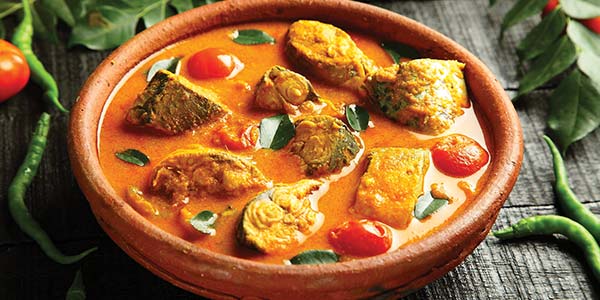
Curries
Curries are made from a fragrant mix of curry leaves, cinnamon, garlic and ‘Maldive’ fish (cured, dried tuna), chicken, pork, beef, mutton or goat. These can be found in the many local cafes, sometimes bizarrely called ‘hotels’. Dishes are often accompanied by pickled fruit, chutney or sambal, particularly coconut sambol, a sauce of ground coconut, chillies, Maldive fish and lime juice.
Some curries can be exceptionally hot, some not so much so and crushed chillies may be offered for diners to season to their liking. Coconut milk may be added to tone down the heat.

Snacks
Light snacks (called ‘short eats’) are another feature of Sri Lankan cuisine. These may include hoppers (a kind of pancake) or string hoppers (a sort of nest of rice noodles), deep-fried, hard-boiled eggs with the yolk replaced with a lentil mix, vegetable-stuffed, battered rolls and roti.
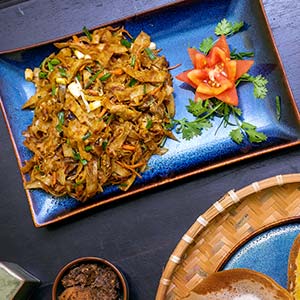
Kottu Roti
A spicy stir fry of chopped roti, vegetables and meat of your choice. It can be made by street vendors or eaten at speciality restaurants.
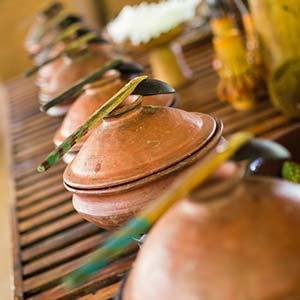
Pittu
Steamed cylinders of ground rice layered with coconut. This is most commonly served at breakfast.
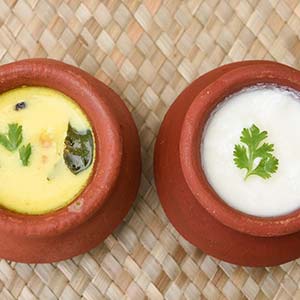
Kiribath
Literally translated in Sinhala it means ‘milk rice’ and it is a type of rice pudding where the rice is cooked in coconut milk.
Electricity and Plugs in Sri Lanka
Electricity in Sri Lanka runs on 230-240 volts, 50Hz AC. The most common plug type is round, three pin plugs such as those found in India, type D. Some upmarket hotels may also have square three prong outlets as is found in the United Kingdom, type G. US and Canadian plugs will need adaptors, which are cheap and readily available on arrival. If you’re travelling with a laptop computer, it’s recommended to bring a stabiliser with you.
Emergency calls
Save these numbers on your phone in case of emergency:
- Police: 118 or 119 for the police
- Ambulance, fire and rescue: 110
- Tourist police: 011-2421052
Travelling as a single woman
Sri Lanka is generally a very friendly, safe and welcoming destination for international tourists. The vast majority of locals are kind, generous, helpful and accommodating to a fault, and most solo female travellers have a great time here. Occasionally Western women attract unwanted attention, such as verbal and sexual harassment, particularly in crowded areas such as bars, marketplaces, railway stations and busy public streets. Stay alert, stay aware and use your judgement, just as you would anywhere else – if you feel unsafe, keep moving and seek help from tourist police.
It’s common sense to take into account cultural differences and potential differences in expectations in social interactions. For instance, what would be considered a friendly conversation at a bar at home may be misconstrued as flirtation in Sri Lanka. Friendly nudges, pats on the arm and other casual touches during conversation can also be mistaken for flirting, and may attract an unwelcome response. Just as you would at home, keep an eye on your drink and be careful about accepting drinks from strangers.
If you’re heading out at night, it’s a good idea to cover up most of your wonderful new tan and travel with others. Let your hotel and/or Tucan Travel tour leader where you’re going and to take a licensed taxi or three-wheeler that has been recommended and booked by your hotel. It’s not advisable to take an unknown tuk-tuk alone late at night. In any case, change to a different one if you’re concerned about the driver or the standard of driving.
Being a small island, there’s every chance you’ll bump into a lot of the same travellers at different sites along the way, so it’s very possible to strike up friendships and find people to meet up with as you go. Group tours also provide an opportunity to make new friends travelling on a common itinerary – for instance, 60% of Tucan Travel tours are made up of solo travellers enjoying the company of like-minded adventurers.
Keep your friends and family up-to-date with your adventures on social media, text or the odd email – they can always raise the alarm if they don’t hear from you as expected.
Wifi and internet access
Wifi is widely (but not always) available in guesthouses and hotels around Sri Lanka. Mobile data is fairly quick in larger towns and all cities (around 3G). However, it isn’t uncommon to completely lose signal in the countryside. Even with the help of a personal wireless hotspot device you may find it a struggle to connect in rural areas. Free public wifi is only available to people with Sri Lanka national ID cards, which would rule out use by international tourists.
Time Zone
Sri Lanka (IST) is 5:30 (five and a half hours) ahead of London (GMT/UTC). Sri Lanka does not have a daylight saving time clock change, but allowances should be made for summer time clock changes elsewhere. Visit timeanddate.com to calculate the time difference for your location.
Getting Around
Sri Lanka’s quite compact and relatively easy to get around by land, with decent range of public transport options including cheap buses and train services. These can get both get quite crowded, particularly around poya (full moon) festivals and weekends.
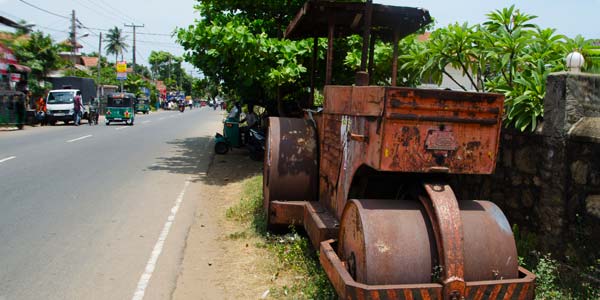
Road
Central Tourist Board (CTB) and Sri Lanka Tourist Board (SLTB) buses run the majority of fixed, numbered routes, but generally lack air conditioning. They’re typically around half the price of independent intercity bus services, but reputedly half as comfortable. You may find a distinct lack of luggage space – another good reason to pack light! Careful where you sit – the first couple of seats on the bus are reserved for priests.
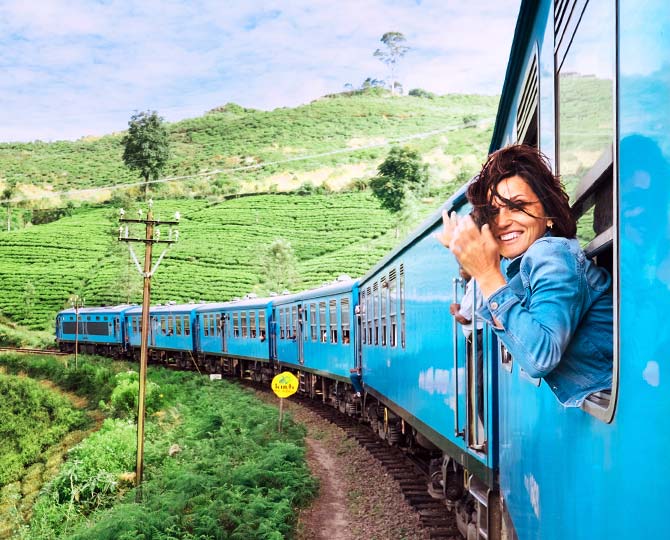
Rail
Although trains often run an hour or so late, travelling by rail in Sri Lanka is significantly more relaxing than bus rides, and is relatively similar in cost. There are three main lines on Sri Lankan Railways’ network encompassing amazing scenic routes south from Colombo, east from Colombo and north from Colombo. Additional lines run along the northern coast and along the Kellani Valley line.
There are three classes on trains in Sri Lanka:
- 1st class: Coaches, sleepers and observation lounges (worth booking on scenic lines to the north and east of Colombo, with large windows). Not available on all routes.
- 2nd class: Padded seats, some have fans, seats usually open (great for photography) and seats can usually be booked in advance.
- 3rd class: No reservations, little padding on the seats, can be a tight squeeze with lots of locals.
Air conditioned private coaches run by private companies generally cost just a little a bit more than first class, where available.
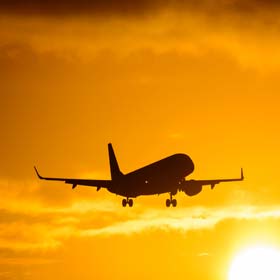
Air
Options for domestic flights are limited and expensive, flying to a small number of military airports near significant tourist sites, from the main international airport.
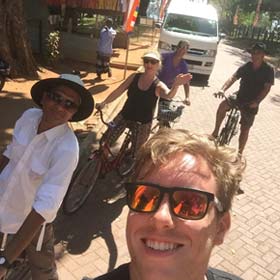
Bike
Some sites like Anuradhapura and Sigiriya offer bicycle hire – a great way to explore Sri Lanka’s historic highlights at your own pace. Some hotels offer bike hire, check with your local provider.
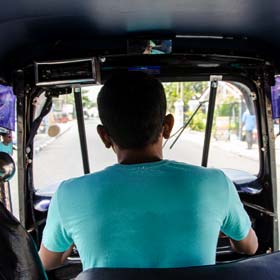
Taxis and tuk-tuks
Taxis are common in all towns and cities, and even some villages. It’s rare to find metered taxis (except in Colombo). Taxi drivers are often willing to work for a fixed, pre-agreed fee (plus tip) as full-day chauffeurs, so it’s worthwhile asking your hotel for a referral if you’re short on time to visit the city sights, or you’re planning your own day trip. Be prepared to insist on following your own itinerary – drivers may try to dissuade you from going to sites where they don’t make a commission.
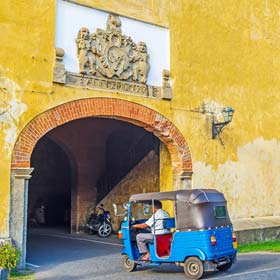
Three-wheelers
Also known as tuk-tuks, bajajs or rickshaws, these guys are everywhere. Flex your bargaining skills and aim for a price of around 200 Rs per kilometre. Three-wheelers found closest to hotels and tourist sites are likely to charge higher fares than those further away.
History
Sri Lanka’s recorded history began around 2,500 years ago where Buddhist texts speak of the arrival of the Sinhalese people to the region. It was a trading nation with the ancient Greeks and the Roman Empire. In the third century BC Tamils began to migrate across from India.
The kingdom was invaded by the Cholas, led by Rajaraja the Great (985-1018) replacing Hinduism as the island’s religion until the invaders fell to forces led by Vijayabahu I who restored Buddhism. His heir and nephew, Parakramabahu (1153-86) was a famous ruler, credited with reunifying the country and for the many splendid building works he commissioned. After his death, the island fractured into various independent states with their own capitals. A powerbase grew at Kotte, near Colombo which is still the nation’s capital to this day.
The Portuguese arrived in 1505, with the King of Kotte attempting to divert and distract the invaders by taking them on a roundabout route to reach Kotte, fearing invasion should they realise how close his kingdom was to Colombo. This was to no avail and the Portuguese discovered the ruse. They were initially interested only in trade and taking control of the export of camphor, sapphires, elephants and cinnamon. However, internal dissent among the Sinhalese led to local leaders attempting to use the Portuguese presence to their advantage, allowing them to settle and build defendable forts along the coastline.
The kingdom of Kandy was one notable exception. The Kandyan king signed a treaty with the Portuguese, but when this led to incursions into Kandyan ports, King Rajasinghe II forged an alliance with the Dutch to protect themselves against further Portuguese encroachment. The Dutch had their own agenda of course, with an interest in extending their already substantial control over the spice trade. They took the Kandyan ports back for the kingdom of Kandy, but then seized control of the ports of Galle and Negombo as well. They continued to push the Portuguese back, eventually wresting control in 1658 bring the Portuguese occupation to an end.
The Dutch had no intention of leaving and remained in control for a further 138 years. When relations between the Dutch and the British soured during the Napoleonic wars, Dutch settlements in the east of the country were annexed by Great Britain. The British then invaded Colombo which the Dutch surrendered, ceding their possessions in Ceylon to the British in 1796.
Once again, the kingdom of Kandy defied this foreign rule and the British attempted unsuccessfully to bring them under their jurisdiction by military means in 1803. When that didn’t work they employed a strategy of diplomacy and deception signing a convention with rebellious Kandyan chiefs which ousted the king. Even with the agreement the Kandyans rebelled against the British in 1817-18 which was ruthlessly put down. By 1883 the country was governed under one power for the first time in over 600 years.
The British set about colonising the country, creating coffee and tea plantations and bringing immigrants from their home soil, particularly Scotland, as well as Tamil workers from India to work the plantations. This British control remained until 4 February 1948 when Ceylon was given its independence.
Following independence was decades of nationalism by government, making Sinhala the sole national language and promoting Buddhism as the predominant religion. Many Tamil workers were refused citizenship and Tamil protests against the one-sided rulings led to anti-Tamil rioting causing death and displacement in the Tamil community.
This gave birth to the separatist and liberation movements by the Tamil and the well-known ‘Tamil Tigers’ eventually descending into civil war and terrorism. In 1972 the country was renamed from Ceylon to Sri Lanka, The Tamil Tigers were eventually defeated by the Sri Lankan army in 2009 after many failed peace talks and ceasefires. The United Nations condemns both sides of being guilty of war crimes and has called for an international investigation.
We are passionate adventure travelers who want to share the world and our travel experiences with everyone…
